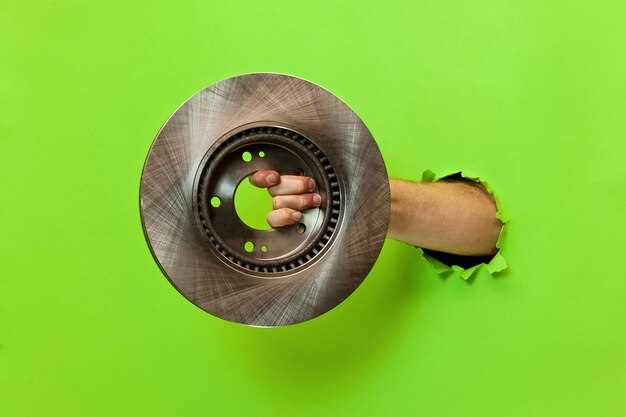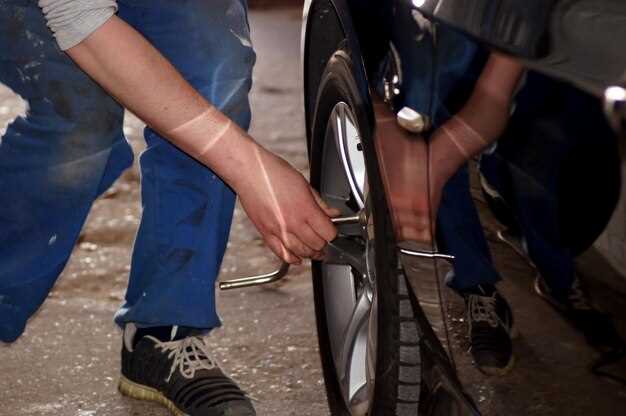

Brake fade is a critical issue that can compromise vehicle safety and performance. It occurs when the brake system loses effectiveness due to excessive heat buildup. This phenomenon often leaves drivers with diminished braking resistance, making it difficult to maintain control of the vehicle, especially during high-speed or prolonged braking situations.
The primary culprit behind brake fade is the overheating of brake components, which can occur when brakes are applied frequently or with high intensity. As the brake pads and rotors experience increased temperatures, their ability to generate friction diminishes. This loss of friction translates directly into reduced stopping power, as the brake system cannot withstand the generated heat effectively.
Understanding the causes of brake fade is essential for implementing effective prevention techniques. By recognizing the conditions that lead to overheating, such as heavy loads, steep descents, or aggressive driving habits, drivers can take proactive steps to mitigate risks. Techniques such as regular brake maintenance, proper usage of engine braking, and timely replacement of worn components can significantly enhance the resilience of the braking system against heat-induced failures.
Identifying Factors Contributing to Brake Fade in Various Conditions

Brake fade occurs when the brakes lose their effectiveness due to overheating, significantly compromising vehicle safety. Understanding the factors that contribute to this phenomenon is crucial for both drivers and automotive professionals. One primary cause of brake fade is the excessive heat generated during braking, which can occur under high-stress conditions such as downhill driving, aggressive braking, or during heavy-load towing.
The material composition of brake pads and rotors plays a vital role in their resistance to fade. High-performance materials are engineered to withstand elevated temperatures and reduce the likelihood of fade, while standard components might experience significant degradation in braking power under similar conditions.
Environmental factors also influence brake performance. For instance, humid conditions can lead to reduced efficiency in certain brake systems, while dry and hot climates may exacerbate heat buildup, increasing the risk of fade. Additionally, the choice of tires can affect braking efficiency; tires that do not provide adequate grip can lead to increased braking force and heat.
Driving style is another critical factor. Frequent hard braking or prolonged braking can generate excessive heat, leading to fade. Drivers engaging in excessive acceleration and sudden stops are particularly at risk, as this behavior forces the braking system to work harder, thus generating more heat.
Regular maintenance and timely replacement of brake components also contribute significantly to preventing brake fade. Worn-out pads and rotors can exacerbate heat generation, diminishing their resistance to fade. By understanding these factors, drivers can take proactive measures to enhance braking performance and ensure safer driving conditions.
Materials and Cooling Solutions for Enhanced Heat Resistance in Brake Systems
The performance of brake systems is critically influenced by the materials used in their construction and the effectiveness of their cooling solutions. To combat brake fade, which occurs when brakes overheat due to sustained friction, it’s essential to select materials that can withstand high temperatures without degrading.
Carbon-Composite materials have emerged as a preferred choice for high-performance braking applications. These materials offer superior heat resistance and thermal stability, significantly reducing the risk of brake fade. Their ability to dissipate heat more efficiently than traditional metals ensures that brakes retain their effectiveness, even under extreme operating conditions.
Another innovative material is ceramic brake pads, which are designed to operate at elevated temperatures while delivering consistent stopping power. Ceramic compounds have low thermal conductivity, which helps in maintaining the temperature balance within the brake system, further preventing brake fade.
In addition to advanced materials, effective cooling solutions are vital. Ventilated brake discs play a crucial role in dissipating heat. They feature channels that allow air to flow through, enhancing the cooling process. This airflow not only reduces the temperature of the brake components but also minimizes the effects of heat buildup, thereby prolonging the lifespan of the brakes and preventing brake fade.
Furthermore, utilizing liquid cooling systems can significantly enhance heat resistance. These systems circulate coolant through the brake components, effectively managing temperature spikes during heavy use. By maintaining optimal operating temperatures, these solutions reduce the likelihood of brake fade and ensure reliable performance under demanding conditions.
In conclusion, addressing the issues of brake fade necessitates understanding the significance of both high-quality materials and efficient cooling mechanisms. By leveraging advanced materials such as carbon-composite and ceramic, alongside cooling solutions like ventilated discs and liquid cooling systems, brake systems can achieve enhanced heat resistance, ensuring safety and performance in all driving situations.
Practical Maintenance Strategies to Prevent Brake Fade in Everyday Use

Brake fade is a significant safety concern that can compromise vehicle performance. Understanding how to manage heat and improve resistance in brake systems is crucial for preventing this phenomenon. Here are practical maintenance strategies that can help:
-
Regular Inspection:
Conduct frequent checks on brake components, including pads, rotors, and fluid. Look for wear and tear that might compromise performance.
-
Replace Brake Fluid:
Brake fluid absorbs moisture over time, leading to decreased boiling resistance. Change the fluid according to manufacturer recommendations or every two years to maintain optimal performance.
-
Upgrade Brake Components:
Consider using high-performance brake pads and rotors designed to withstand higher temperatures. These materials often have better heat resistance, reducing the risk of fade during heavy use.
-
Proper Break-in Period:
After installing new brake pads, follow the manufacturer’s recommended break-in procedure. This process allows pads and rotors to operate efficiently together and reduces the likelihood of fade.
-
Driving Habits:
Avoid aggressive braking when possible. Smooth and gradual braking can help dissipate heat more effectively and lower the risk of fade.
-
Maintain Ventilation:
Ensure that brake components are not obstructed by dirt or debris. Improved airflow can help dissipate heat and maintain consistent braking performance.
Implementing these strategies will enhance your vehicle’s braking system, ensuring better heat management and improved resistance to brake fade in everyday use. Remember that proactive maintenance is key to safety on the road.







